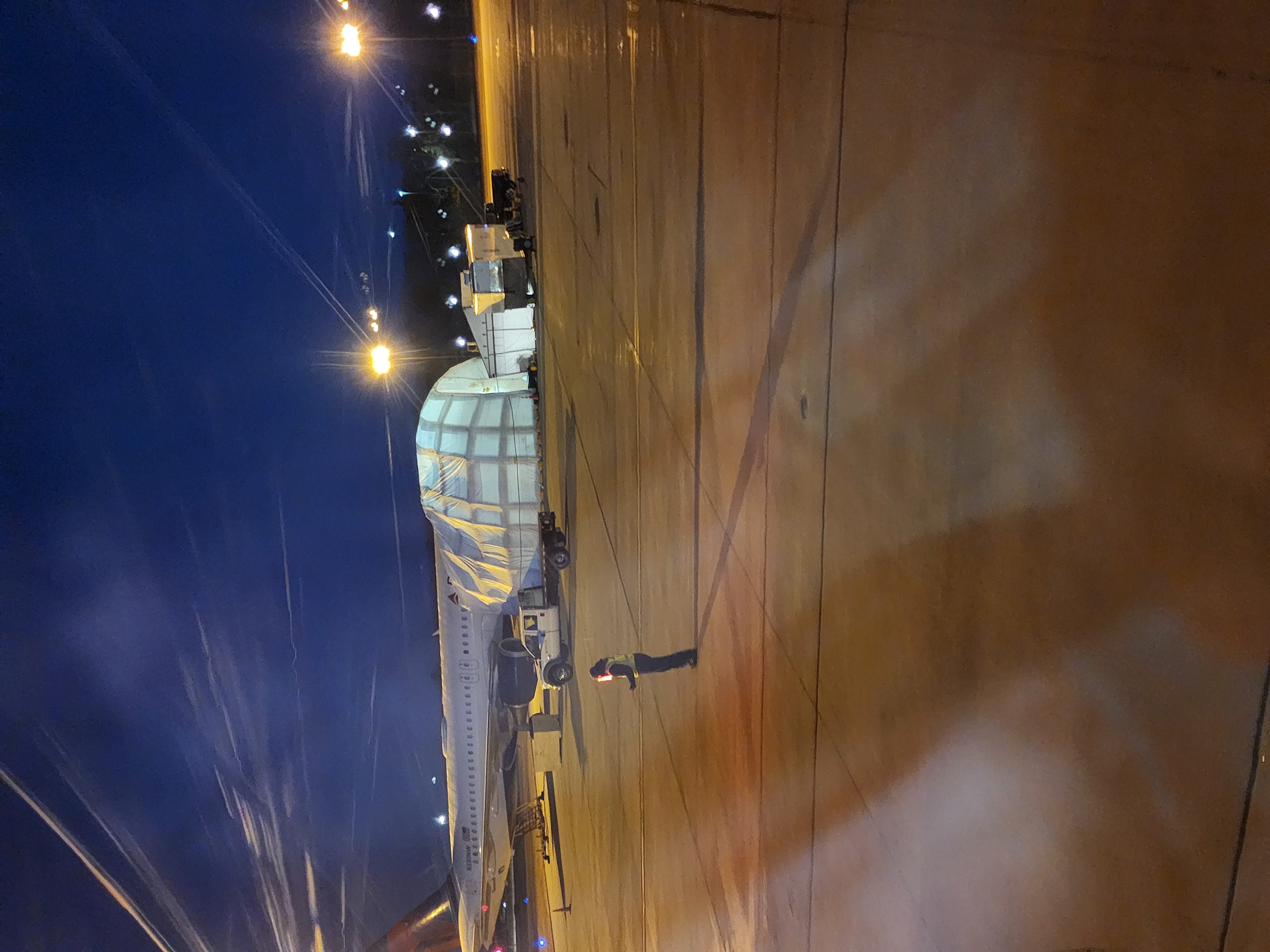
This information is added by users of ASN. Neither ASN nor the Flight Safety Foundation are responsible for the completeness or correctness of this information.
If you feel this information is incomplete or incorrect, you can submit corrected information.
| Date: | Saturday 19 November 2022 |
| Time: | 20:51 |
| Type: |  Airbus A320-211 |
| Owner/operator: | Delta Air Lines |
| Registration: | N330NW |
| MSN: | 307 |
| Year of manufacture: | 1992 |
| Total airframe hrs: | 84273 hours |
| Engine model: | CFMI CFM56-5A1 |
| Fatalities: | Fatalities: 0 / Occupants: 155 |
| Aircraft damage: | Substantial |
| Category: | Accident |
| Location: | near Omaha-Eppley Airfield (OMA/KOMA), Omaha, NE -
 United States of America United States of America
|
| Phase: | Approach |
| Nature: | Passenger - Scheduled |
| Departure airport: | Atlanta Hartsfield-Jackson International Airport, GA (ATL/KATL) |
| Omaha-Eppley Airfield, NE (OMA/KOMA) | |
| Investigating agency: | NTSB |
| Confidence Rating: |
Delta Air Lines flight 2295 struck several birds while descending through 13,000 feet on approach to Eppley Airfield (OMA), Omaha, Nebraska. The bird strike occurred about 34 miles southeast of the airport, near Red Oak, Iowa, at an airspeed of 290 knots. The crew continued the approach and made a normal landing. Weather at the time of the event was night visual conditions.
Birds struck the airplane and punctured the fuselage skin in two locations on the left side; one above the cockpit windows and another near the pitot tube (see figure 1). Another bird punctured the skin on the right side of the fuselage below the cockpit window. Damage was evident to the stringers and frames at each location, and the size of the punctures in total exceeded the size of the outflow valve. The damage adversely affected the structural strength and pressurization performance and required a major repair.
The flight crew described the noise as the strike occurred as being like an “explosion.” The cabin depressurized, and the cockpit door blew open. The captain reported that the wind noise was “extreme” which made communication difficult. Soon after the strike the airplane descended though 10,000 ft and the cabin altitude matched the airplane altitude at about 9,500 ft. The crew declared an emergency, continued the approach to OMA, and landed uneventfully.
The species of birds was identified as either Snow Goose or Ross’s Goose (DNA testing could not discriminate between the two) by the Smithsonian Institution Feather Identification Laboratory. According to the FAA, there were no pilot reports of bird activity in the area near the time of the accident.
Probable Cause: Multiple bird strikes during descent.
Accident investigation:
 |
|
Sources:
NTSB
https://data.ntsb.gov/Docket?ProjectID=106329
https://www.flightradar24.com/data/aircraft/n330nw#2e45bdea
Location
Images:


Revision history:
| Date/time | Contributor | Updates |
|---|---|---|
| 16-Oct-2023 20:52 | Captain Adam | Updated |
Corrections or additions? ... Edit this accident description
The Aviation Safety Network is an exclusive service provided by:


 ©2024 Flight Safety Foundation
©2024 Flight Safety Foundation